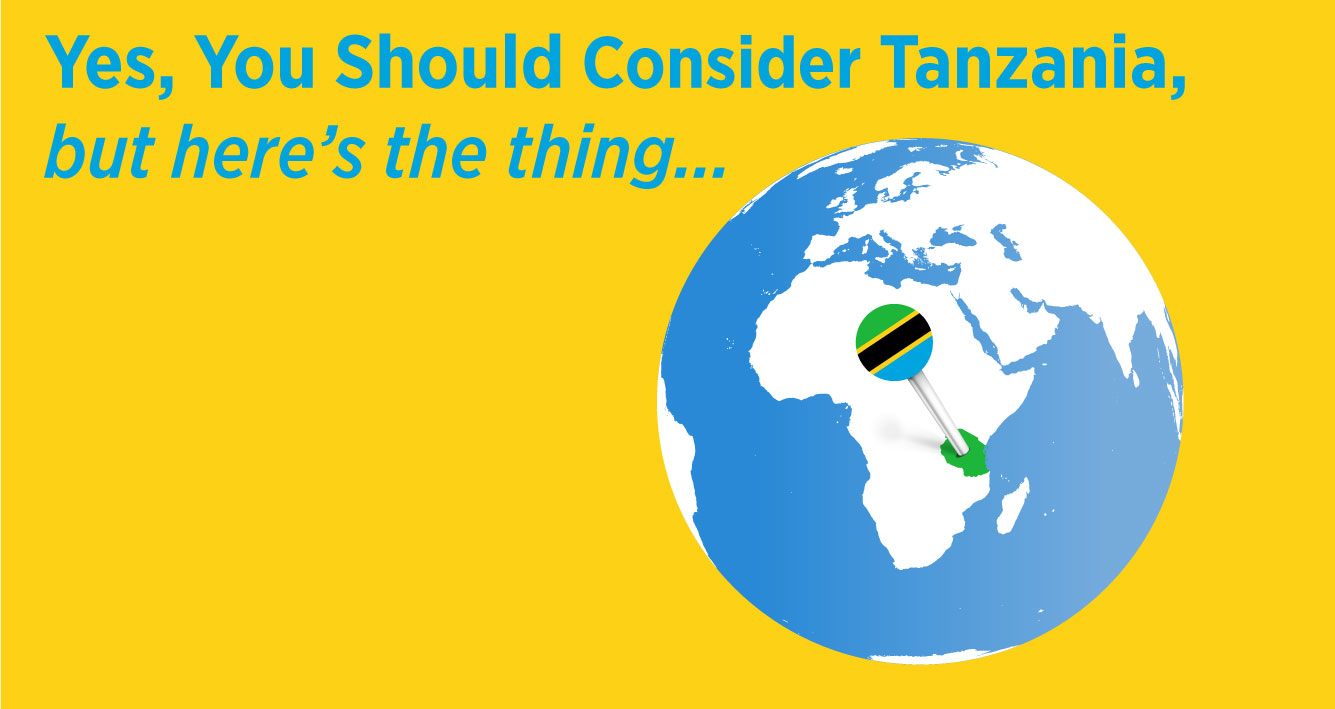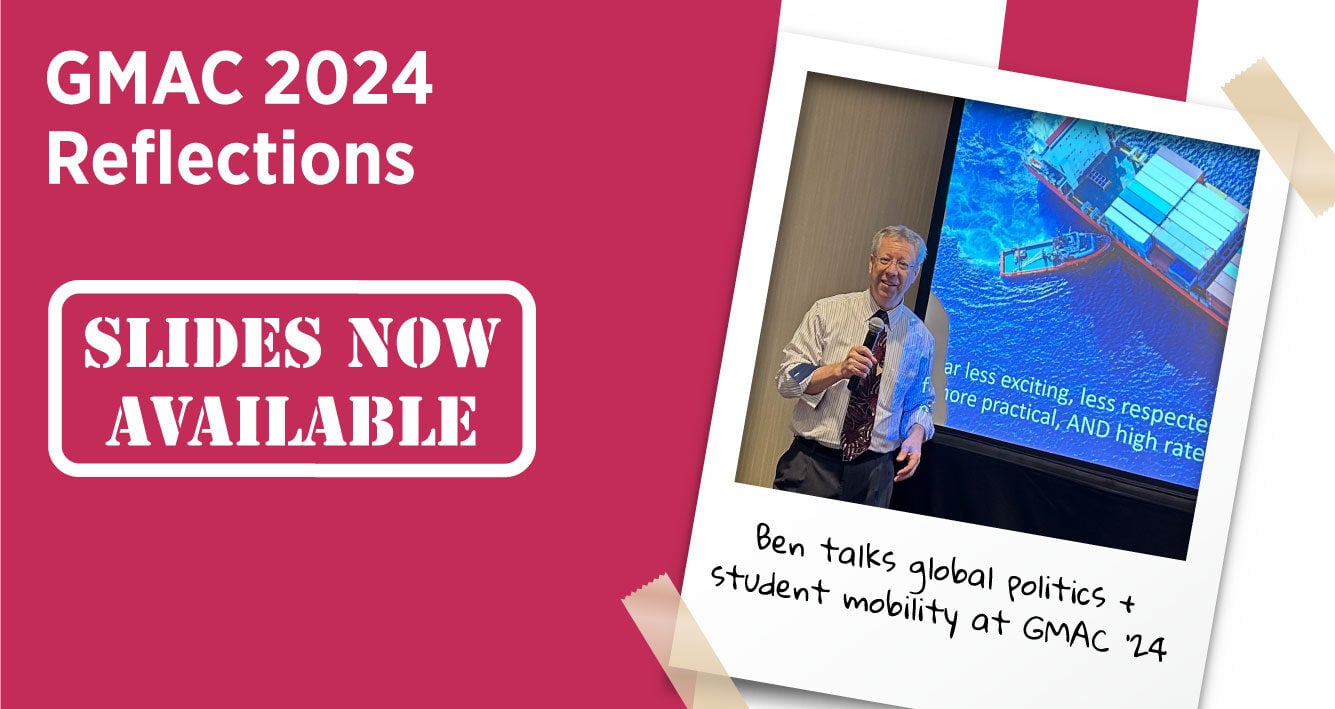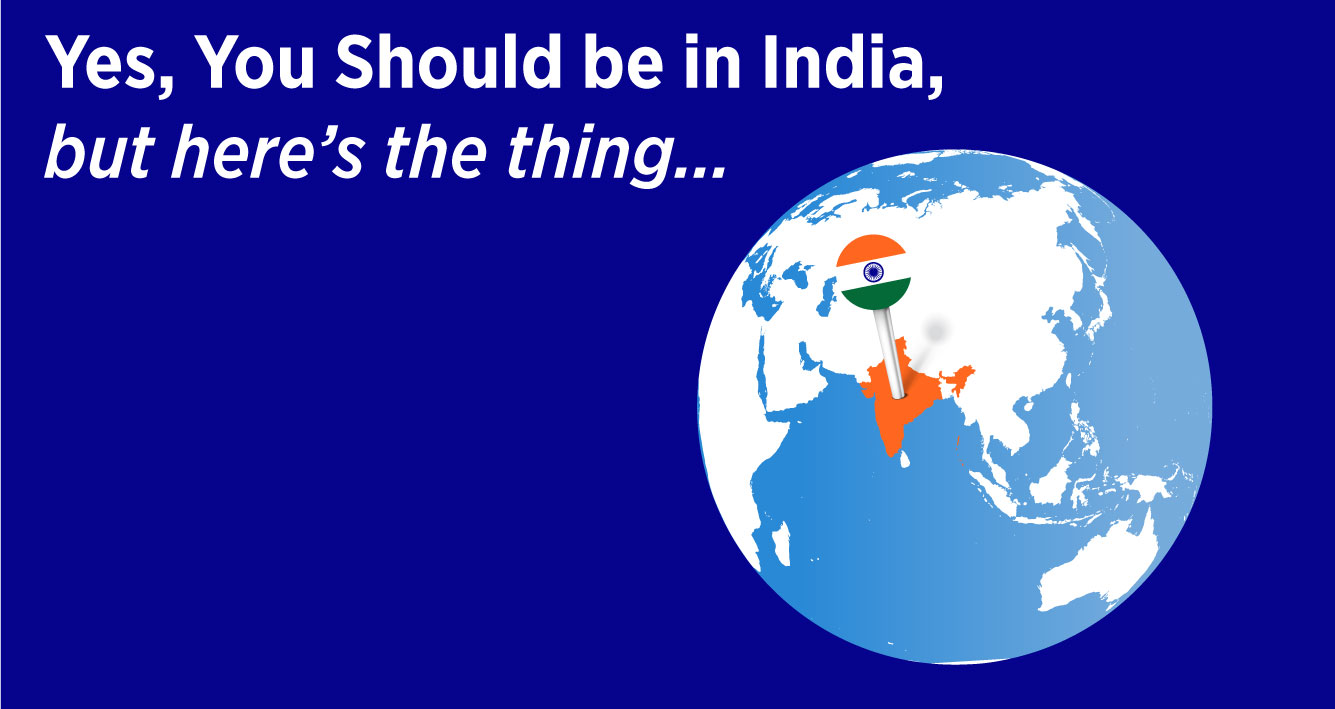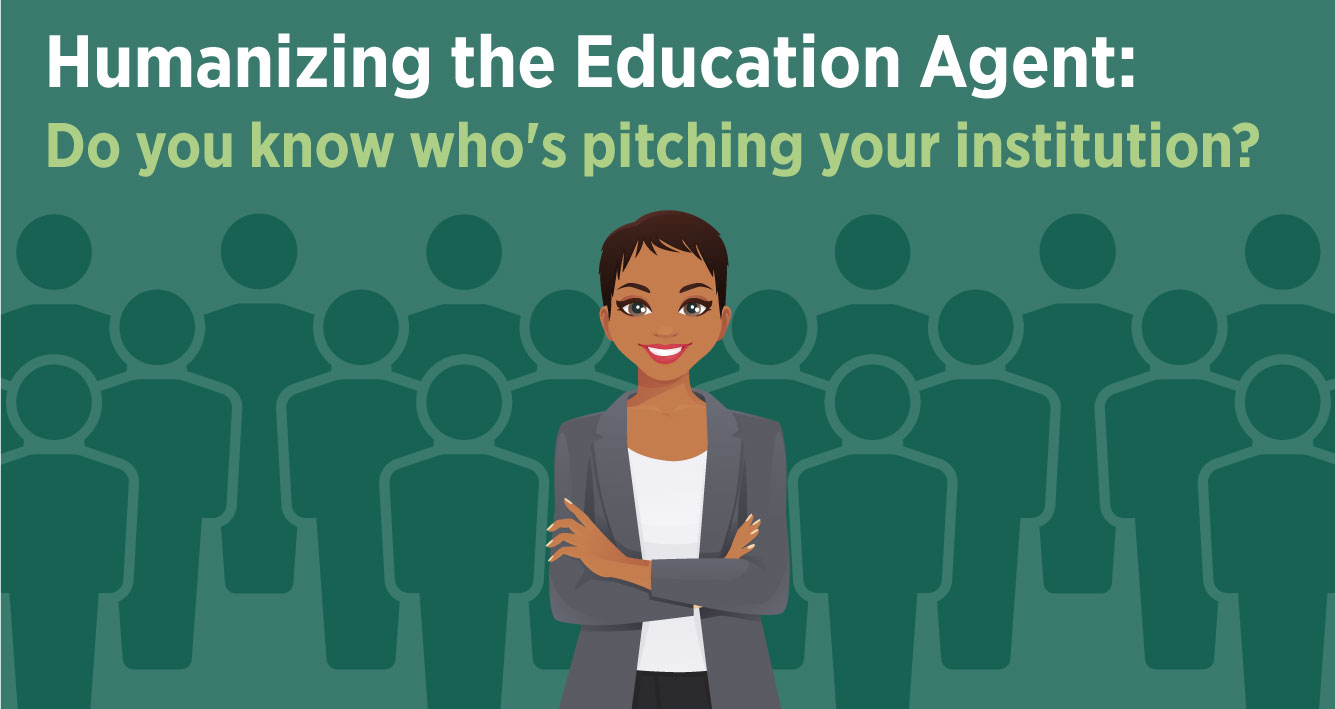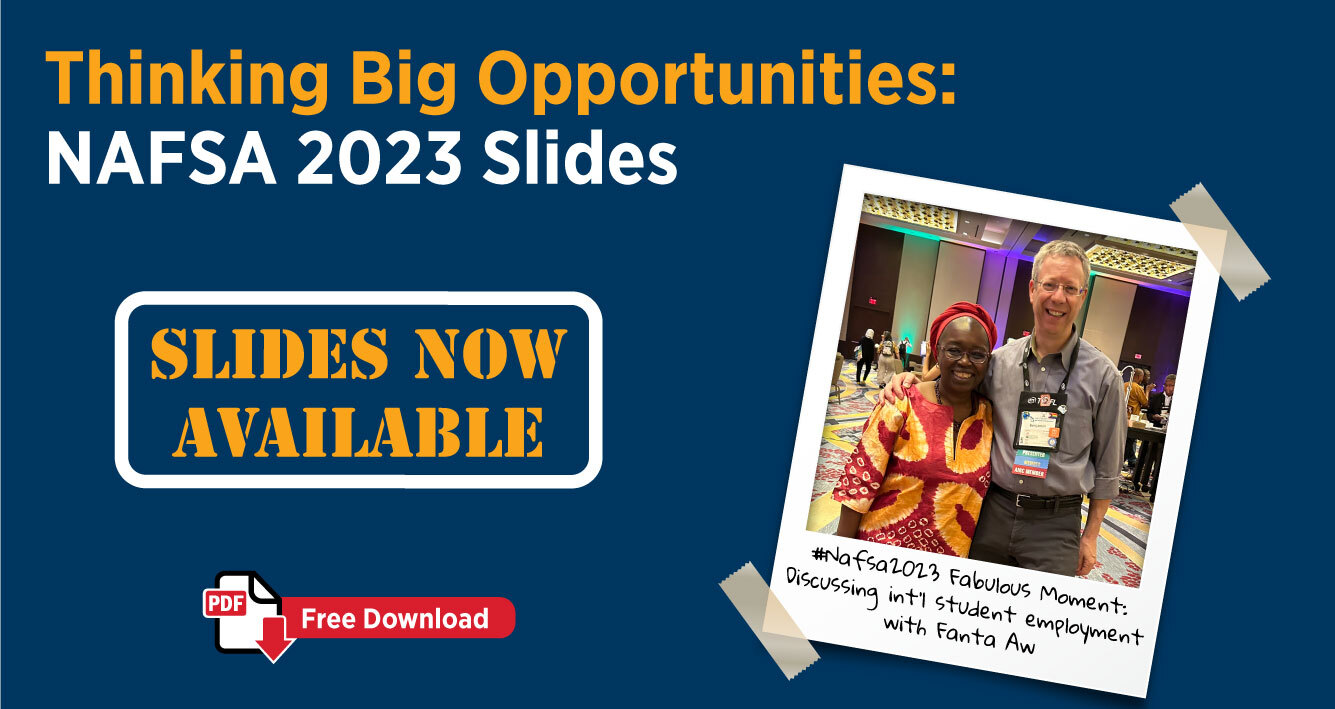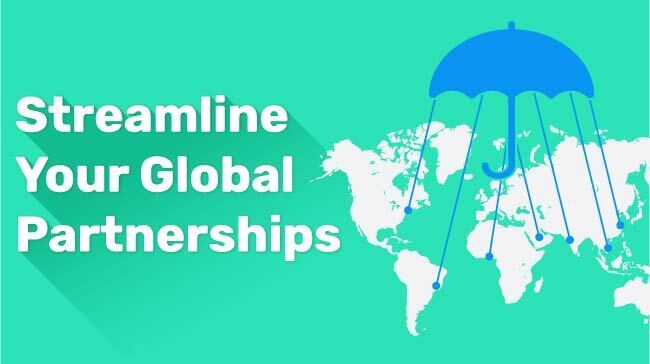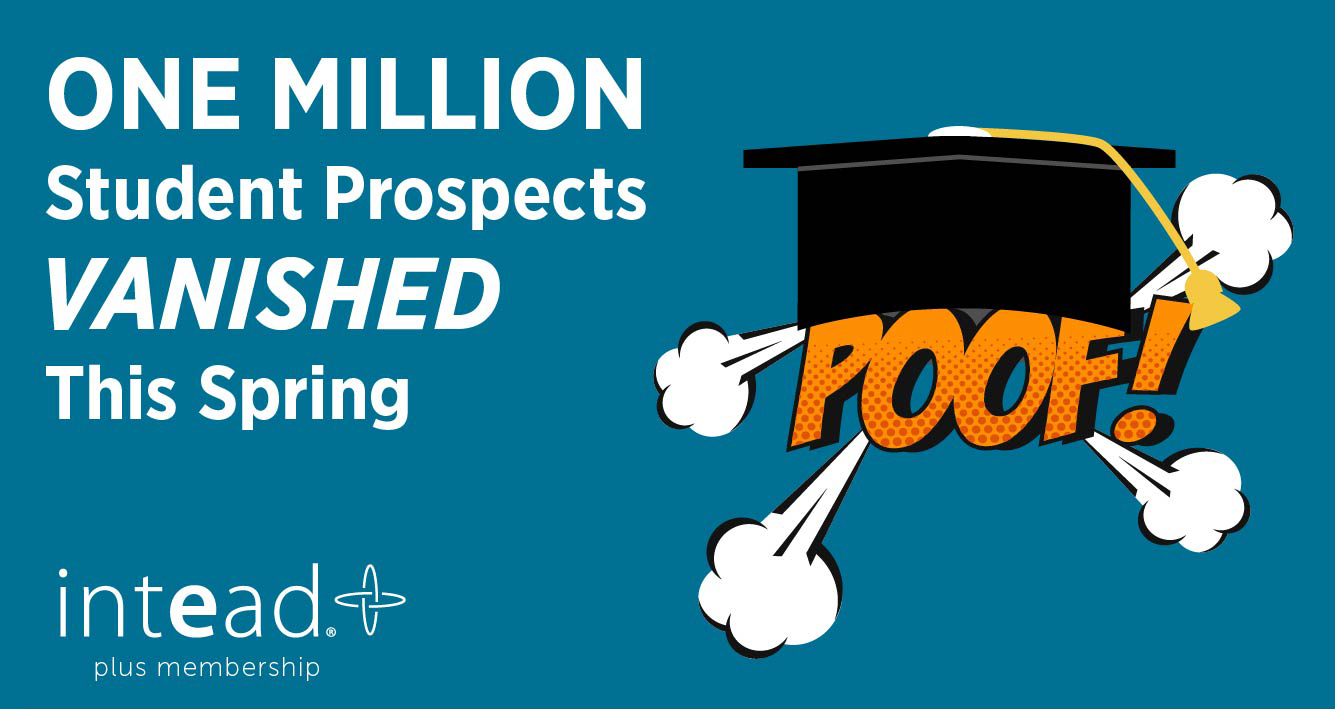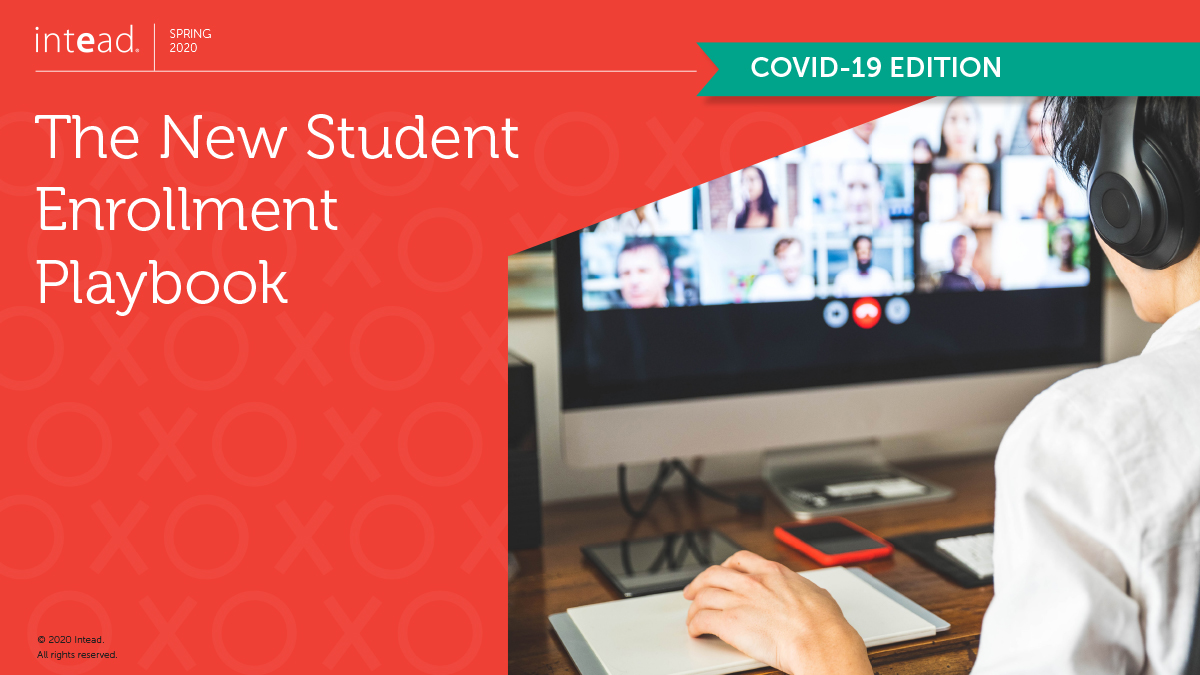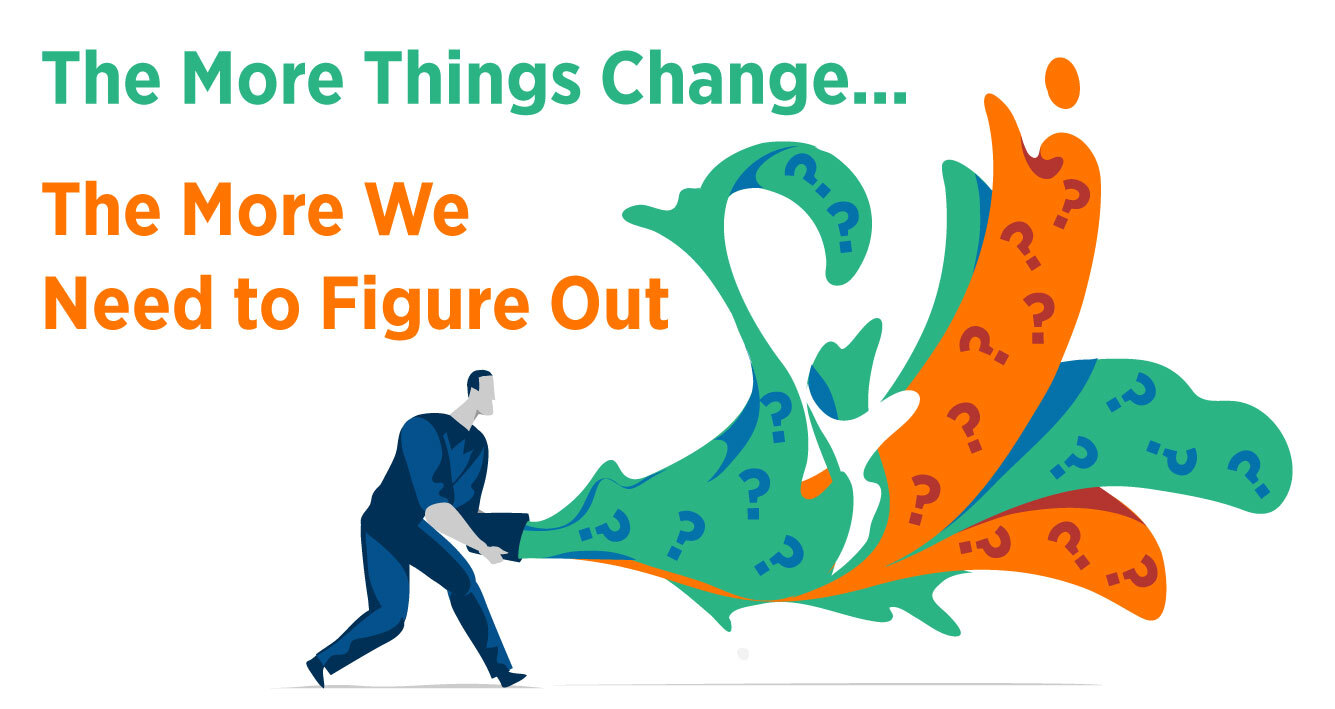Sub-Saharan Africa (SSA), a 48-country region with 1.2 billion people has a gross tertiary education enrollment ratio of just 9.4%. The global average: 40%.
To put it another way, young Western European and North American students are 10 times more likely than their SSA peers to get a shot at a degree. Another example of where you are born truly matters.
Many capable degree-seeking SSA students look beyond their home countries for education opportunities. The good news here is you are likely in a position to help them find and actualize their dreams. Let’s look into the numbers.
Our next opportunity to meet!
EducationUSA Forum, Washington, D.C., July 30-August 1. Ben and Virginia Commonwealth University SIO Jill Blondin will share insights on Navigating Budget Challenges in International Recruitment: Practical Strategies for Every Phase. Hope to see you there!
The Resource Center for Industry Insiders
Take your challenge of the day and plop it into our search bar. With 800+ publications and our 15 years of weekly blogging, you will find relevant content on any topic important to enrollment management and student recruiting. Valuable perspective and data on topics you care about. From agent-university partnerships to predictive modeling and CRM efficiency, to new market development, our Resource Center has you covered. Check it out.
As it stands, a full 70% of the SSA population is under age 30. And, by 2050, the number of university-age individuals in the region is expected to double. Yet, there is little chance its higher ed system will meet the demand. The most recent count shows 88 rated higher ed institutions in SSA, that’s per the Times Higher Education Sub-Saharan Africa University Rankings last year. That’s a tight (read: unrealistic) enrollment squeeze for these universities by any measure.
Are you taking note? If you aren’t, France sure is. They are the top receiving country for this significant cohort. A Campus France report shows that 92,000 (27%) of the 430,000 SSA international students in 2021/22 studied in Europe, with France their top choice, followed by Germany, then Portugal. That same year, 42,518 traveled from SSA to study in the US, a number that rose to 50,199 in 2022/23. That's 18% growth from just 2021 to 2022.
These student decisions make sense as SSA is home to 23 Francophone countries, and more than 60% of people who speak French daily live in Africa. In fact, 80% of children studying French are in Africa. For some prospects, this makes France an appealing choice for international education. Others are less interested in studying in the country that once colonized them, as one U.S.-bound student noted at the 2023 AIEA conference.
Our suggestion: Get to know this region. The growing youth population of sub-Saharan Africa offers a clear contrast to America’s enrollment cliff. Of course, not every student source country will be right for your institution – and none will match the application potential from India, even China – but as you expand your market reach, you may find parts of SSA make a whole lot of sense for the programs you offer and the internationalized campus you are building.
Key questions your enrollment team should ask before entering any new market. Obvious, but helpful to clarify and state them as you think about each country:
- Is there a growing youth population?
- Is there a growing middle-class/GDP growth?
- Can a set of families afford travel costs and your program tuition?
- Do your programs line up with the job opportunities in that market?
- Can you provide a welcoming community and academic support for these students on campus?
If you ever need help exploring new market opportunities, we are just a click away: info@intead.com.
We've written about and analyzed African source countries before. Today, let's dive into Tanzania, an SSA country that currently meets 3 key market entry requirements.
- Rising youth population: Nearly 20% of Tanzanians (68.6 million total pop.) are aged 15 to 24, with the median age 17.
- Rising incomes: In 2020, Tanzania moved from low-income to lower-middle-income status and today gets a B+ per credit rating agency Fitch.
- Employment opportunities for returning graduates: Tanzania’s unemployment rate is forecast at 2.38% this year, with growth in agriculture, mining, tourism, infrastructure, and energy sectors.
Your institution's rank is far less important here and, as we noted, your competitor institutions are likely not present in this market.
Take a closer look with us at how you might position your institution to attract Tanzanian students. Read on for 5 key recruitment insights on this market. Go even further using our Resource Center offering 15 targeted articles and reports on specific approaches to recruiting students from Africa. Pro Tip: use the search bar and type in "Africa" to find, for example, this post on African Tech Hubs.
Read More
